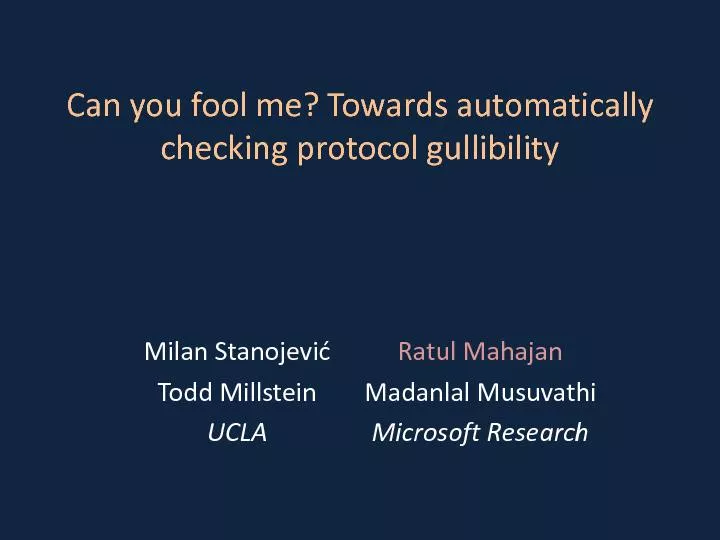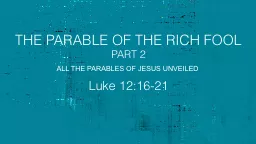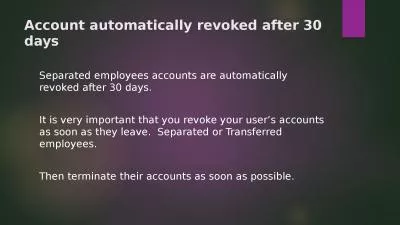PDF-Can you fool me? Towards automatically
Author : tatyana-admore | Published Date : 2016-06-10
checking protocol gullibility Milan Stanojevid Ratul Mahajan Todd Millstein Madanlal Musuvathi UCLA Microsoft Research Protocol gullibility Gullibility tendency
Presentation Embed Code
Download Presentation
Download Presentation The PPT/PDF document "Can you fool me? Towards automatically" is the property of its rightful owner. Permission is granted to download and print the materials on this website for personal, non-commercial use only, and to display it on your personal computer provided you do not modify the materials and that you retain all copyright notices contained in the materials. By downloading content from our website, you accept the terms of this agreement.
Can you fool me? Towards automatically: Transcript
Download Rules Of Document
"Can you fool me? Towards automatically"The content belongs to its owner. You may download and print it for personal use, without modification, and keep all copyright notices. By downloading, you agree to these terms.
Related Documents














